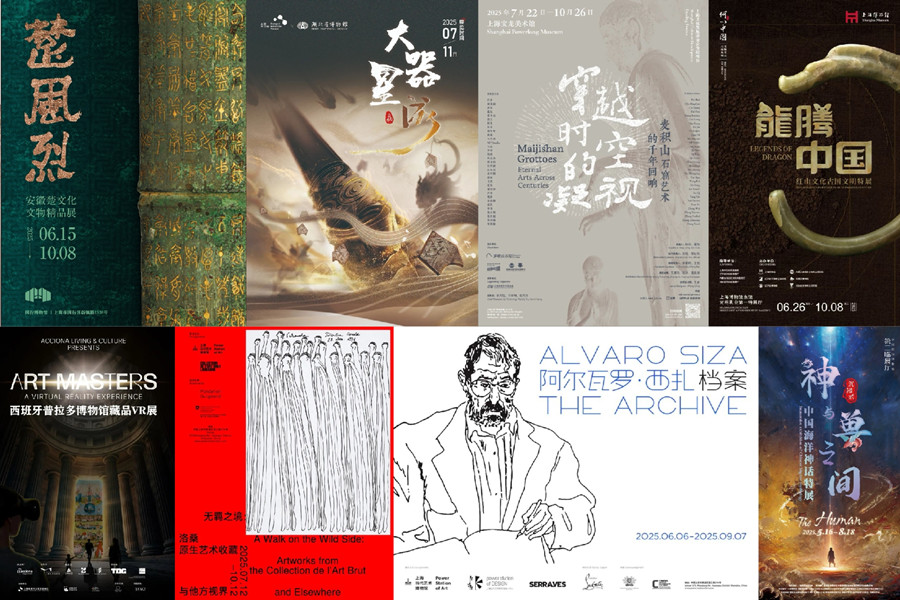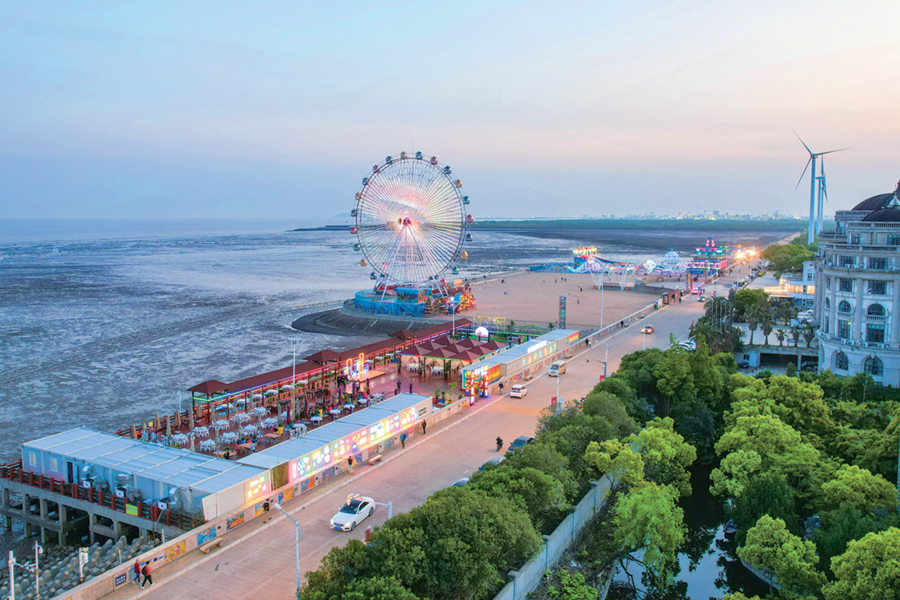Gaoqiao Historical and Cultural Block
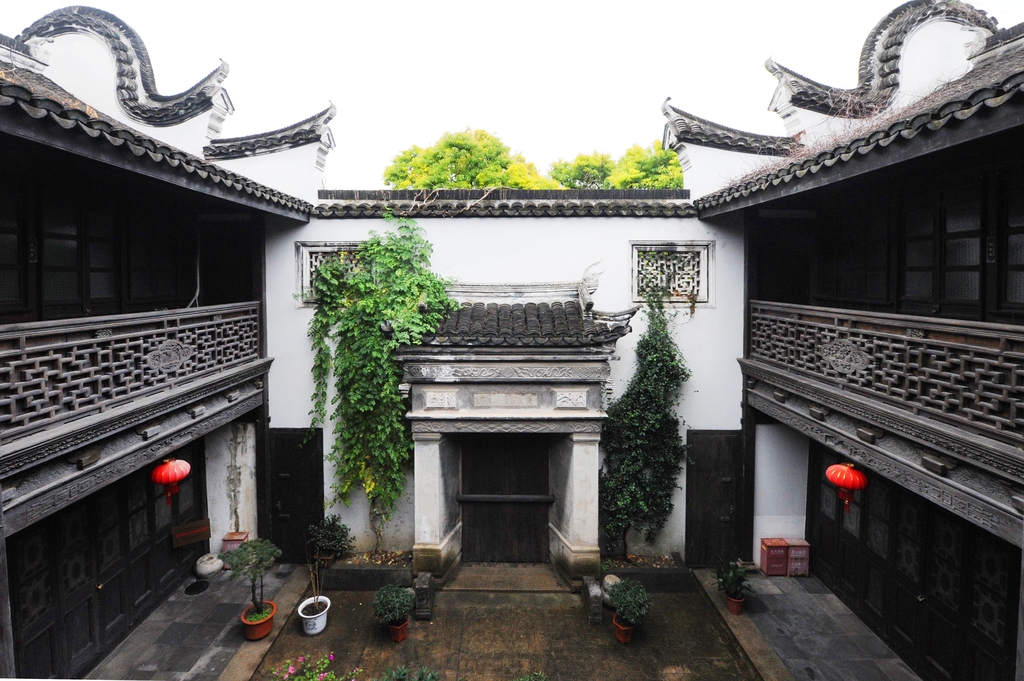
At the confluence of the Yangtze River, Huangpu River, and East China Sea lies a dynamic historical museum — Gaoqiao Ancient Town.
During the Tang Dynasty (618-907), this 39.3-square-kilometer area underwent a land reclamation, transforming it into habitable place. Subsequently, during the Northern Song Dynasty (960-1127), people started settling in the area. The ancestral settlement was known as Qingpuli, or Qingpuchang. The settlers made a living through farming, fishing, and salt production. The Qingpu Salt Field was the first salt field south of the Yangtze River Estuary in the eastern part of Gaoqiao.
In the early Southern Song Dynasty (1127-1279), a local resident named Huang Kun served as a salt field official in Hangzhou. Together with the monk Yankai, he relocated the Fachang Temple, which featured an inscription by Su Shi, the renowned Song Dynasty (960-1279) essayist, to the area.
Today, Gaoqiao is the only well-preserved historical and cultural block within Shanghai's outer ring road. Within this expanse, 56 hectares have been officially designated as part of the Gaoqiao Historical and Cultural Block.
Gaoqiao is the birthplace of the Three Knives and One Needle — namely, a trowel, a kitchen knife, scissors, and an embroidery needle.
Following the opening of Shanghai's first port in 1843, the city experienced rapid urban development influenced by Western styles. The trowel from Gaoqiao gained fame in Shanghai and beyond, leading to the emergence of notable builders like Wang Songyun, Zhou Ruiting, and Xie Bingheng. They not only constructed famous buildings in Shanghai and around the nation, but also created structurally sound, private residences in their hometown that blended Chinese and Western styles.
As a result, the Gaoqiao area retains several remarkable historical buildings to this day.
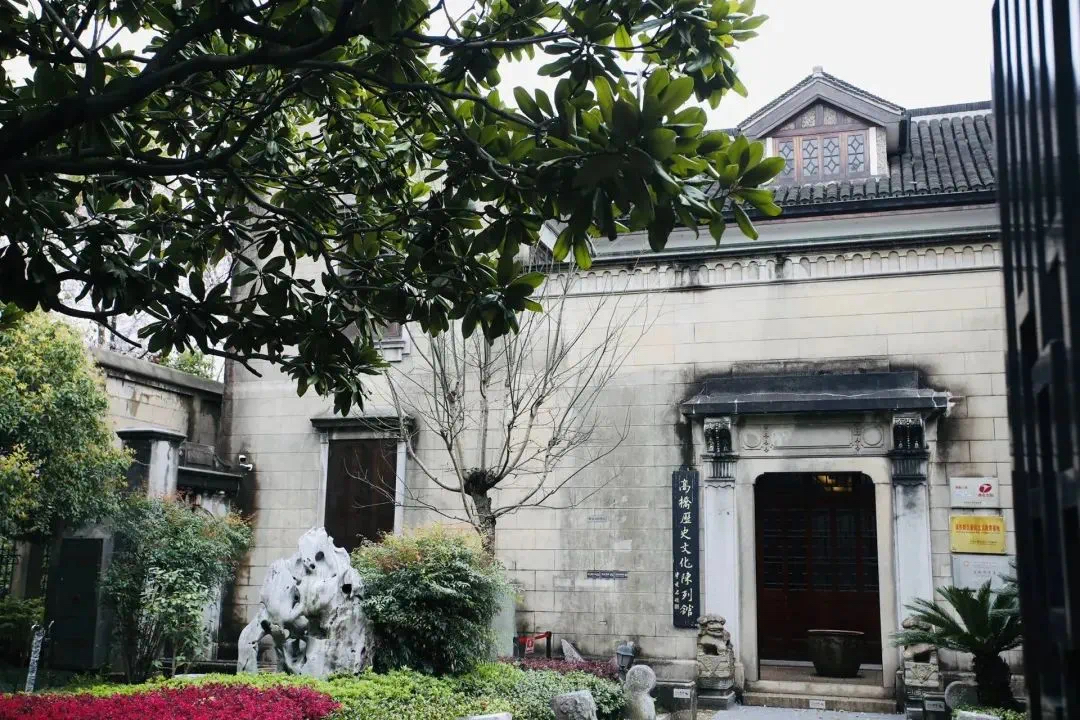
The Yangxian Hall at No 1 Yiwang Road in the town's Dongjie Street is an architectural marvel. It features a traditional Chinese courtyard in the front, then transforms into a Western-style villa by the river with a simple turn. This classic shikumen building dating back to 1931 houses over 600 exhibits, showcasing the legendary transformation of a thousand-year-old salt field into an important town.
On the western side of the Huizhou-style residence at No 139 Xijie Street are the exquisite Shanghai woolen needlepoint tapestries that have been listed as national intangible cultural heritage items and were showcased four times at the China International Import Expo, dazzling with their vibrant colors.

Along the old streets, nine exhibition halls and a study room come together to form a spectacular historical tableau.
In the corner permeated with the scent of freshly baked Gaoqiao pastries, century-old shops continue the tradition of the seven ancient processes, where newly-baked flaky pastries complement the rich and savory sauce of benbangcai, also known as Shanghai local cuisine.
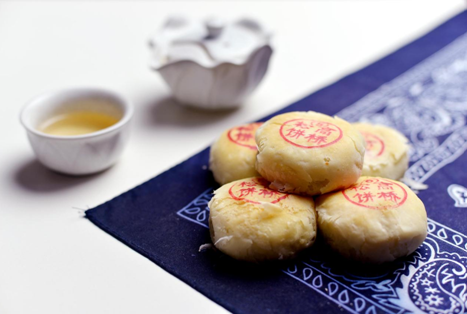
(Updated on Aug 14, 2025)
Sources: WeChat account of Shanghai Municipal Culture and Tourism Development Center, Office of Shanghai Chronicles, IC
Editor's Pick
FAQs
- What if my passport expires but my Chinese visa is still valid?
- Can pets and owners depart from different countries while complying with customs regulations?
- Can a minor travel to China and stay in a hotel without a parent's presence?
- Who is eligible for the 240-hour visa-free transit policy in China?
